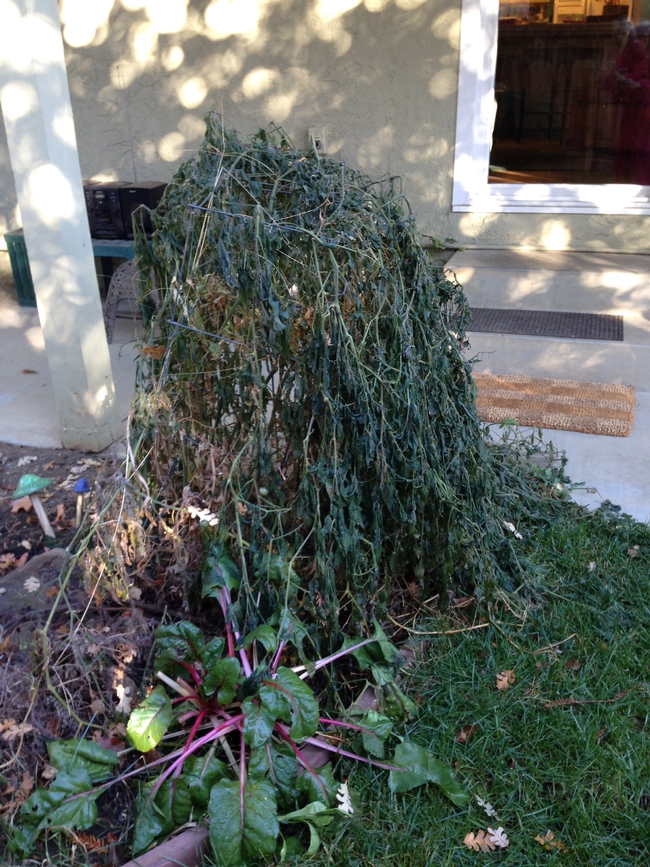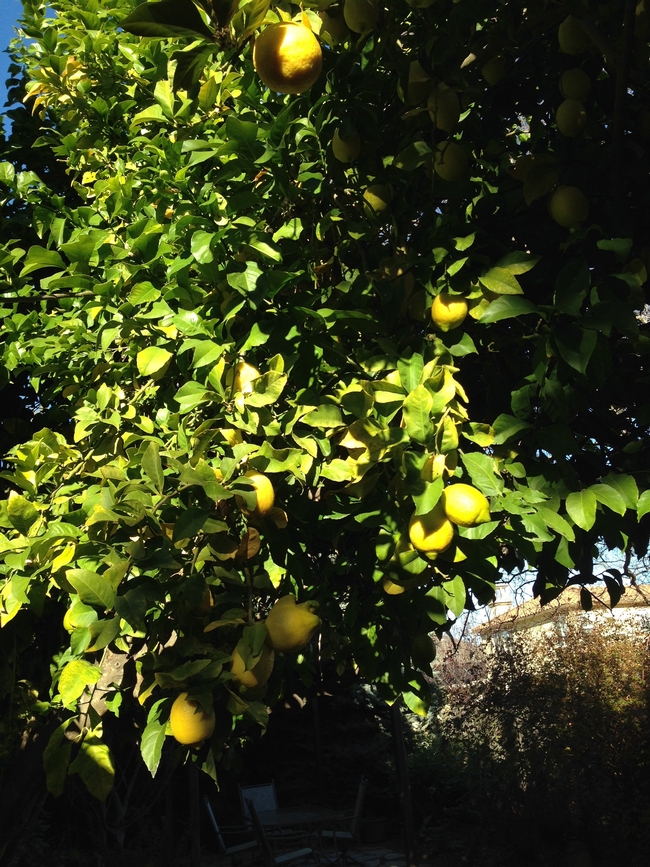Frost or Freeze: What Does It Mean?
FLately we've had some unusually cold weather and I've heard several different warnings in regard to overnight temperatures. According to the National Weather Service, a frost advisory is issued when the temperature is expected to drop to 36ºF or lower. Frost is formed when the earth itself loses enough heat that the temperature at ground level drops to 32ºF. A freeze warning foretells a coming temperature of 32ºF or lower and a hard freeze warning indicates that temperatures are expected to drop to 28ºF or lower. When there is a freeze it is because cold air is blown in from somewhere else (like the Arctic air we're getting right now). Freeze temperatures, clearly, can go much lower and it's those freeze warnings that need our immediate attention.
Freeze damage to plants can be anything form leaf and fruit damage to complete death of the plant. If you've had lingering tomatoes and basil this year, you've seen it first hand. They're finished, but we expected that. However, lots of people have citrus trees in their yards. In the citrus family the lemon, limes and citrons are the most sensitive to freezes, some of them suffering damage at 28ºF. Following them are the grapefruits and regular lemons. 'Meyer' lemons, oranges and mandarins are the most hardy and will be affected when temperatures get closer to 20ºF. Avocados, guavas and loquats can also suffer in cold temperatures.
So what to do?
Generally, if the tree is mature and healthy it will survive. Newly planted or young trees should be protected by wrapping the trunk with cardboard or other insulating material. Be sure the soil around the tree is irrigated and free of mulch to let the water and the earth radiate to the tree the warmth that they have. Hanging a low-watt light bulb or a string of Christmas lights in the interior of the tree will also provide just enough warmth to protect it. Still, the fruit and the leafy canopy of any of these trees may suffer damage. Fruit like lemons or oranges that are hit by a heavy freeze will quickly dry out. If the fruit is picked within the first few days after a freeze it may still be usable, but left on the tree will begin to rot.
If you do see freeze damage on your fruit- or nut trees, don't rush to prune. Be patient. Some years ago the temperature in our area dropped to 19 on two consecutive December nights. My 'Eureka' lemon was hit very hard. It lost all of its leaves and appeared to be dead. I was on the verge of taking it out the following spring, but Sunset Magazine recommended waiting to see if anything sprouted. It took quite a while, but by May we saw the first little green shoots. We now have a magnificent lemon tree that at times produces fruit the size of a small grapefruit. I suspect it is no longer a Eureka, but it sure does produce great lemons!
The University of California website http://homeorchard.ucdavis.edu/8100.pdf can give you even more details on how to protect your garden.

Cherry tomato plant after our first freeze. (Photos by Marian Chmieleski)

The "bionic" lemon tree after the first freeze.


Posted by Karen Nolan on December 15, 2013 at 9:07 AM